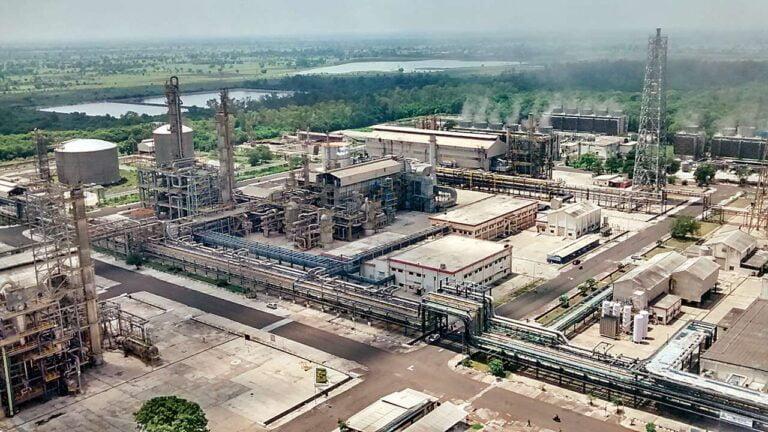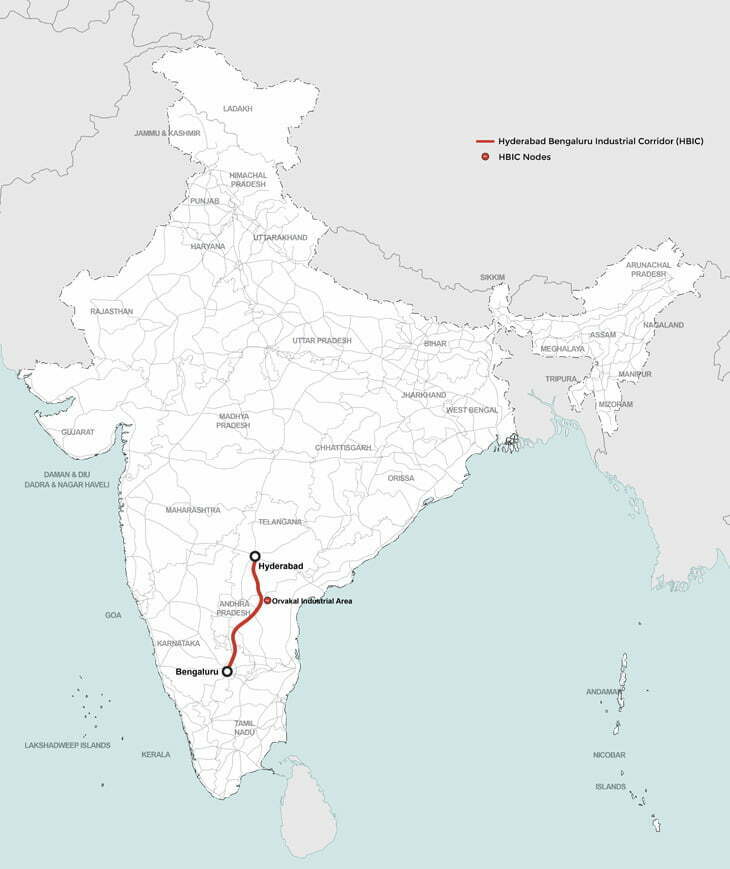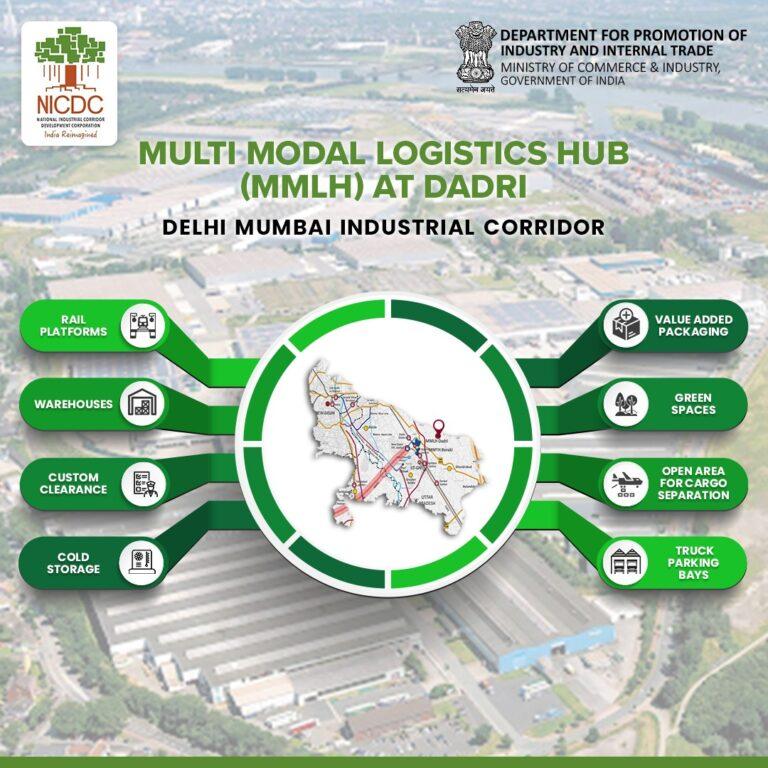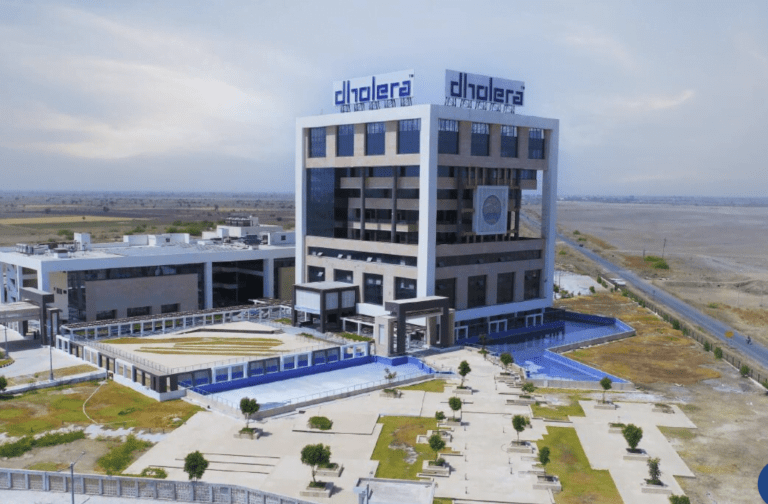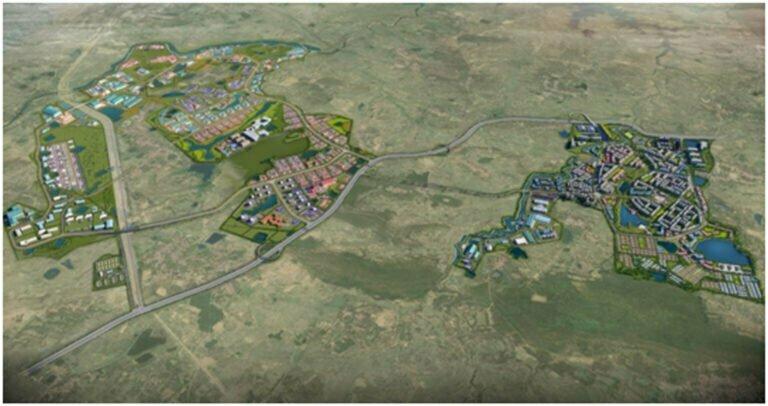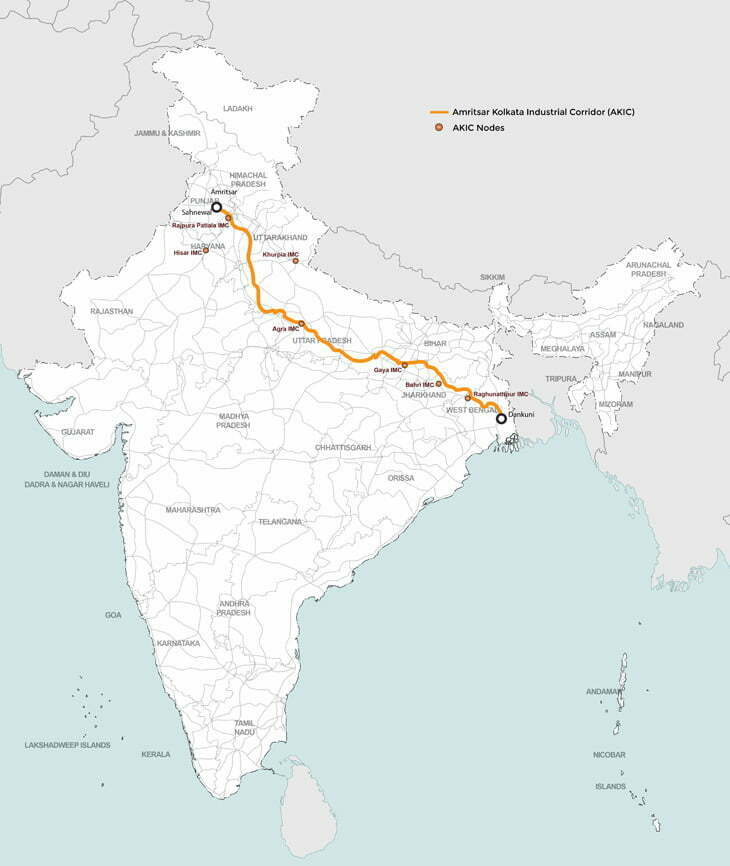The National Infrastructure Pipeline (NIP) for FY 2019-25 is a first-of-its-kind, whole-of-government exercise to provide world-class infrastructure to citizens and improving their quality of life. It aims to improve project preparation and attract investments into infrastructure. To draw up the NIP, a High-Level Task Force was constituted under the chairmanship of the Secretary, Department of Economic Affairs (DEA), Ministry of Finance. The Final Report on National Infrastructure Pipeline for FY 20-25 of the Task Force was released by the Union Minister for Finance & Corporate Affairs, Smt. Nirmala Sitharaman on 29th April, 2020.
The NIP has been made on a best effort basis by aggregating the information provided by various stakeholders including line ministries, departments, state governments and private sector across infrastructure sub-sectors, as identified in the Harmonised Master List of Infrastructure. All projects (Greenfield or Brownfield, under conceptualization or under implementation or under Development) of project cost greater than Rs. 100 crore per project were sought to be captured.
The Final Report of NIP Task Force is in three volumes. Volume I & II are available on the Ministry of Finance & DEA Portal, and also in the Report section below. The project database under Volume III of the Final NIP Report is made available here on India Investment Grid to provide access to updated project level information for investments across infrastructure sectors. Each Line Ministry/State/ Implementing Agency is expected to further add new projects and update their respective project details so that NIP remains a living repository with widespread access.

Significance of NIP
Lack of robust infrastructure is often recognised as the primary growth constraint for a developing nation. In India, the government is increasingly, looking to the private sector for forging partnerships via effective models for co-working between public and private sectors. The National Infrastructure Pipeline is a step in that direction. To achieve seamless working and productivity in other business sectors and India’s ambitious goal to be a USD 5 trillion economy by 2025, strong infrastructure growth is essential. In particular, the success of India’s manufacturing sector and the focus on “Make in India” are directly influenced by how strong the backbone of India’s infrastructure is. There is a constant need for government intervention, solid funding and constant monitoring of projects. Growing urbanisation, increasing working-age population, shift to a services-based economy and climate change are some of the factors that will require a further boost to India’s infrastructure sector and amplify need for the National Infrastructure Pipeline.

Key Benefits of NIP
The national infrastructure pipeline aims to boost the economy to create more employment opportunity in different sectors, provide better infrastructure for all sectors, enhance ease of living for its citizens and make growth more inclusive. The pipeline will enable better project preparation, reducing aggressive bids/failure in project delivery and ensuring enhanced access to sources of finance as a result of a boost in investor confidence. In the past, infrastructure funding has proved to be a challenge. The national infrastructure pipeline hopes to build investor confidence by actively monitoring projects, bring needed reforms and resolve any potential issues. In order to sustain its growth rate and increase its competitiveness, India aims to focus more on well-developed infrastructure that enhances the level of economic activity. More institutional funding will also give the government bandwidth to invest more in other areas essential for the economies growth.
NIP OPPORTUNITIES
TRANSPORT
The transport sector in India is expected to grow at a CAGR of 5.9 percent thereby becoming the fastest growing area of India’s infrastructure sector. Transport includes well-developed roads and highways, a widespread railway network, fast-growing aviation and developing ports, shipping and inland waterways infrastructure.
LOGISTICS
The Indian logistics sector valued at USD 160 bn in 2019, is expected to become worth USD 215 bn in the next two years. India’s rank has gone up from 54 in 2014 to 44 in 2018 in the World Bank’s Logistics Performance Index (LPI), in terms of overall logistics performance.
ENERGY INFRASTRUCTURE
The Energy sector in India includes conventional power, renewable energy (RE) , petroleum and natural gas. The total Energy capacity in India stands at 356 GW with major contributors being Thermal (66%), Renewable (22%), Hydro (13%) and Nuclear (2%).
WATER & SANITATION
Water & Sanitation sector in India includes ensuring adequate supply of water and treatment of liquid & solid waste. India through the launch of Swachh Bharat Mission (SBM) and National Rural Drinking Water Program (NRDWP) has made substantial investment and efforts in ensuring safe drinking water and sanitation.
COMMUNICATION INFRASTRUCTURE
India is currently the world’s second-largest telecommunications market with a subscriber base of 1.20 bn. Major sectors of the Indian telecommunication industry are telephone, internet and television broadcast industry.
SOCIAL INFRASTRUCTURE
The Social infrastructure sector in India includes health and education infrastructure. Expenditure of approximately USD 28 bn and USD 20 bn for education and healthcare is planned respectively over 2020-25.
COMMERCIAL INFRASTRUCTURE
Commercial infrastructure in India facilitates the necessary support required by various industries such as testing labs, terminal markets, common infrastructure for industries and storage facilities. Testament to the quality, India is ranked second in the 2019 Agility Emerging Markets Logistics Index.
NIP Critical Data
9365 PROJECTS
USD 1867.79bn TOTAL PROJECT COST
2442 PROJECTS UNDER DEVELOPMENT
34SUB-SECTORS

